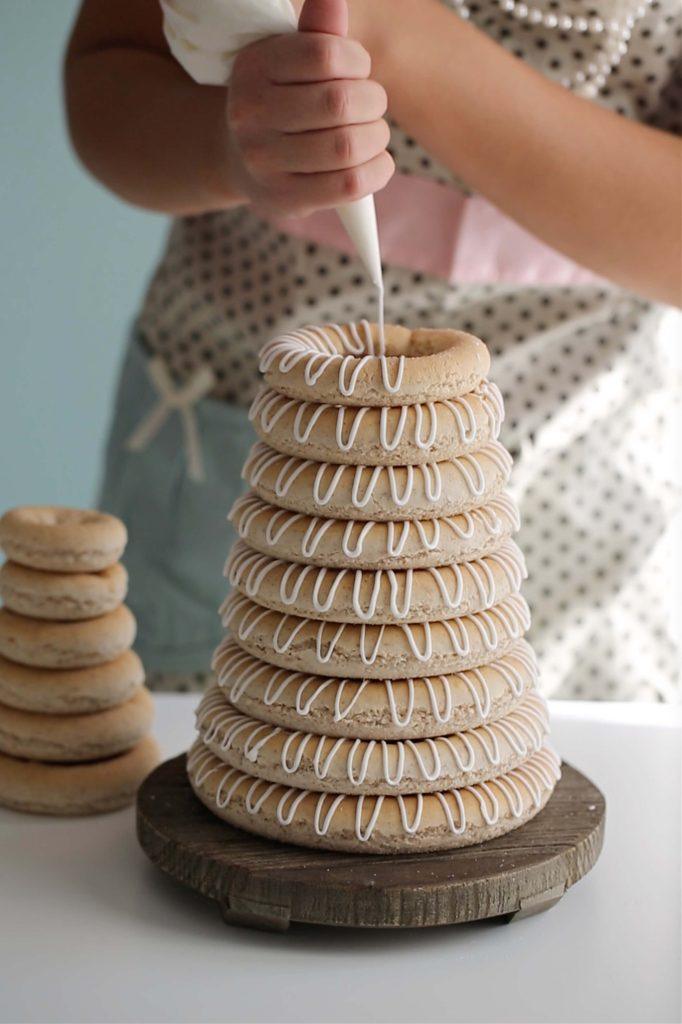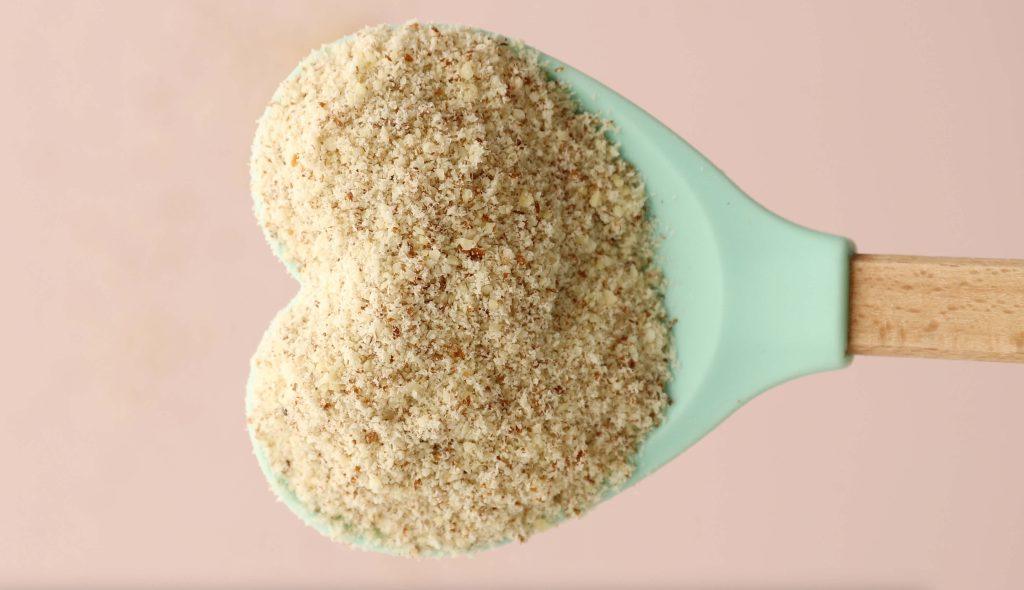
DIY Almond Flour
There’s something incredibly satisfying about grinding your own almonds—the taste is fresher, the texture is better, and you have complete control over the final result. Whether you’re making macarons, kransekake, cakes, or cookies, using freshly ground almonds can take your baking to the next level.

I especially love using whole almonds with the skin on because it adds depth of flavor and gives baked goods a more rustic, natural look. Those tiny flecks of almond skin make macarons look even more beautiful, and the taste is unbeatable. But if you prefer the smoothness of blanched almond flour, you can easily remove the skins before grinding—I’ll walk you through both methods.

One thing to keep in mind is that how you grind the almonds makes a big difference. If you use a food processor to grind them too finely, the almonds release too much fat, affecting the texture of your baked goods. This is especially important for recipes like kransekake or macarons, where too much fat can cause spreading or structural issues.

That’s why I prefer using a grinder attachment on my mixer—it keeps the fat intact while achieving the perfect consistency. If you don’t have a grinder, don’t worry! You can still make almond flour in a food processor or blender with a simple trick to prevent clumping.
So, if you’re ready to ditch store-bought almond flour and make your own, here’s how to do it!

Before you start
To read the full recipe, please subscribe!




